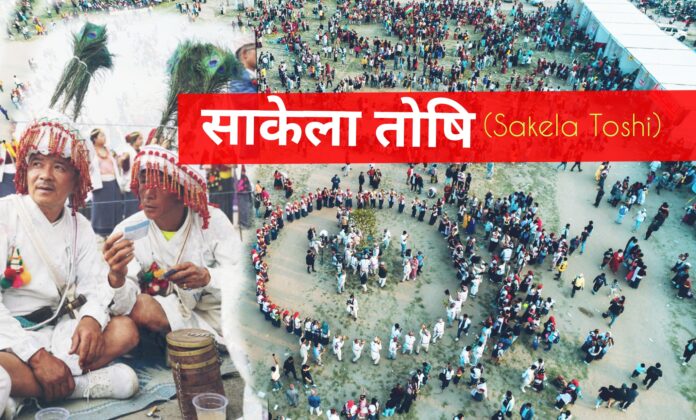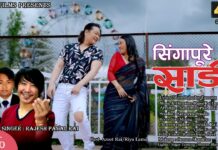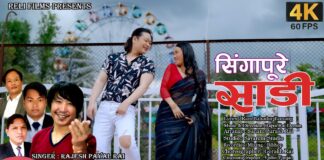The most ancient cultural dance of Nepal is Sakela Toshi. This extremely popular dance is a grand tradition of the Kirat Rai people. If the Kirat are considered the world’s first civilization, then they are also the ethnic group that has ruled for the longest time in the world. The oldest indigenous inhabitants of Nepal are the Kirat Rai.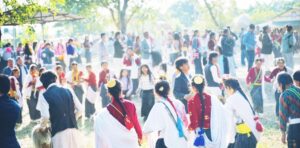
Governance and system change, along with the current situation, the major festival celebrated by the upper Kirant, middle Kirant, and lower Kirant communities of eastern hills in Nepal’s current capital Kathmandu is Sakela Toshi.
This festival is mainly celebrated from the full moon of Baisakh (Baisakh Purnima) to the fifth day (Panchami) during the time of planting rice. It is called Dongwang (Ubhauli) or the time to work and eat. Similarly, it is also celebrated during the harvest season on the full moon of Mangsir (Mangsir Purnima), which is called Dongdawa (Udhauli) or the time to rest and eat.
In this cultural dance, hundreds of people dance together in a group. However, the rhythm of the Rai people remains the same. Children, youth, and elders—all participate in the dance. In this dance, the Rai people form a circle around the “Sakela Thaan” and dance. If there are only a few dancers, they dance in a line. Within the line of dancers, there is one hero and one heroine who wear white headbands, while in the center, ginger, pure jāḍ (a ritual item), and the “Thaan” (sacred altar) are placed.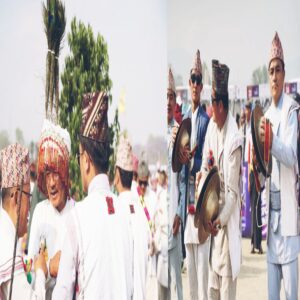
The **Woripari Ghumighumi dance** is performed in this tradition, where participants wear their ethnic attire and hold flowers and leaves in their hands while dancing. They move in circles, playing the **Dhol and Jhyamta** drums and singing songs. The dance is performed with the belief that all kinds of crops will flourish, the planted seeds will grow successfully, and there will be enough food to eat comfortably. During the **Ubhāuli** (planting season) and **Udhāuli** (harvest season), people pray to their beloved deities, expressing gratitude and joy. Celebrated with singing and dancing, this festival is a vibrant expression of happiness and cultural devotion.

